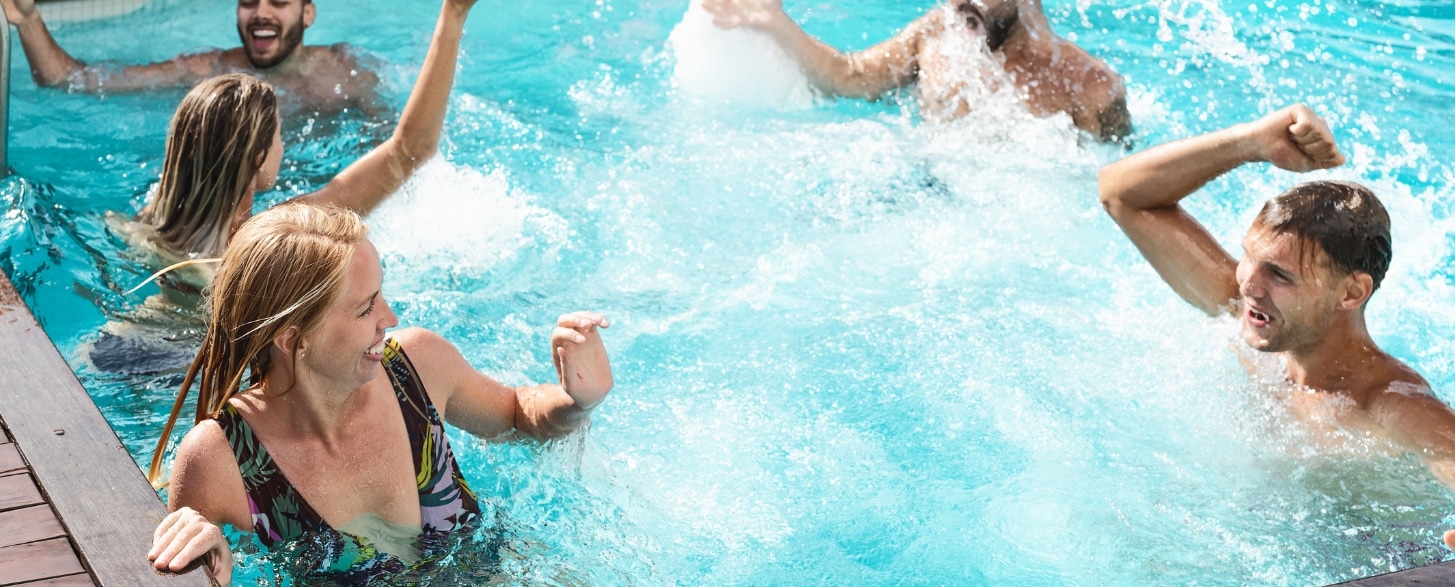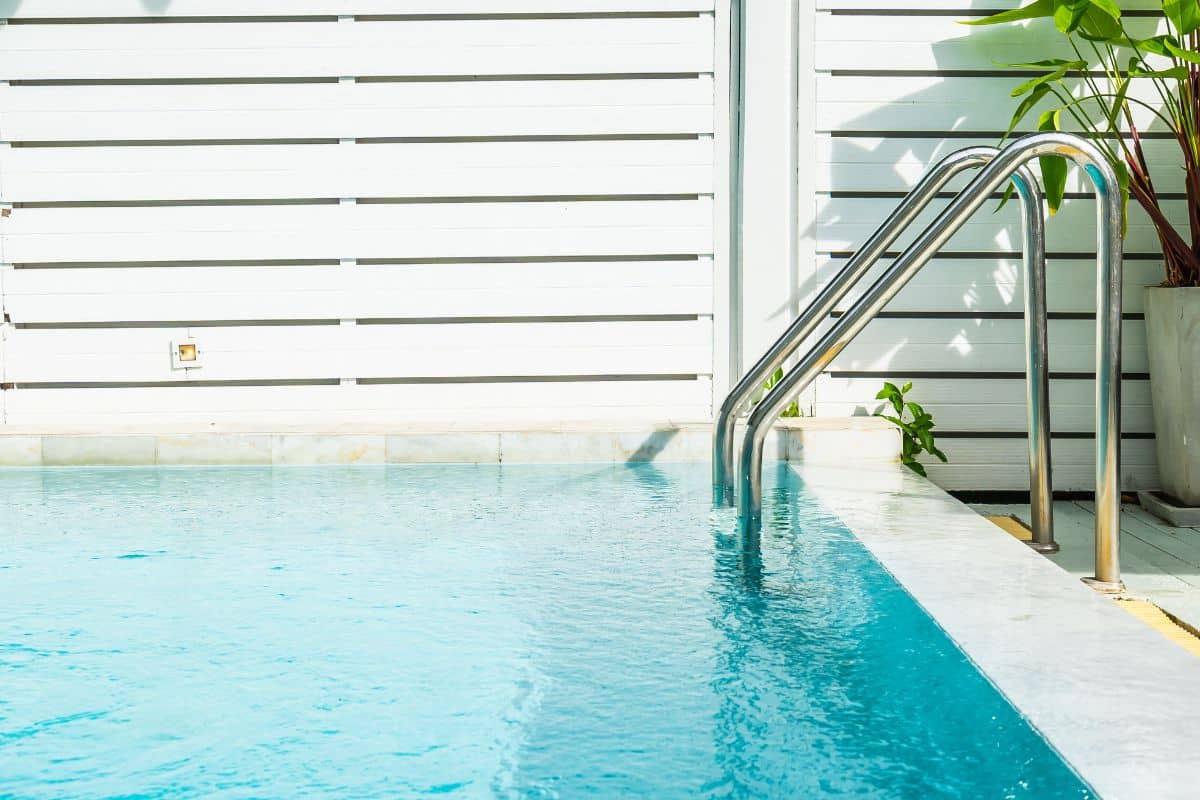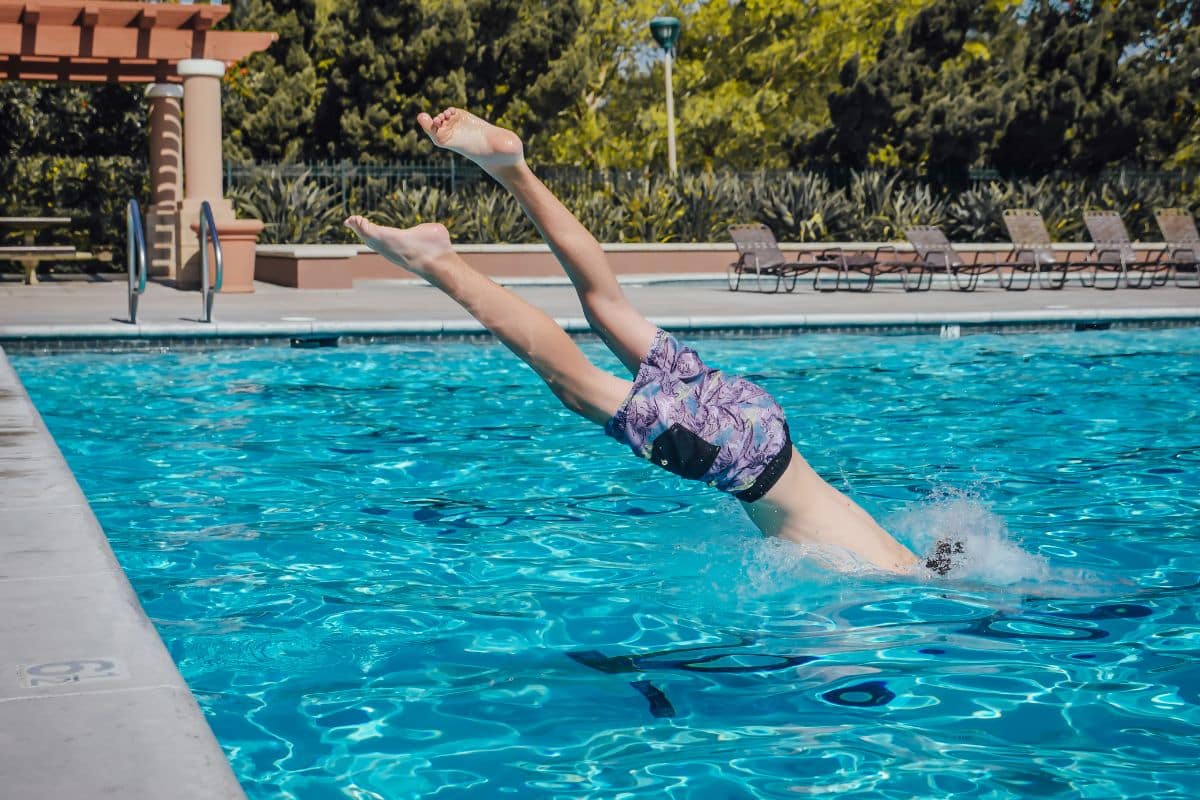Call Us TODAY: (417) 771-7552
How to Maintain Your Plunge Pool: Essential Care Tips

A plunge pool offers a refreshing way to cool off and relax, but keeping it clean and in good condition requires regular maintenance. This small yet luxurious pool type can be a great addition to your home if cared for properly. This blog will explore essential care tips for maintaining your plunge pool and ensuring it stays sparkling clean and functional all year round.
Regular Water Testing and Balancing
The foundation of plunge pool care starts with maintaining the correct water chemistry. The pH, alkalinity, and chlorine (or other sanitizer) levels should be monitored regularly. Water that is too acidic or too alkaline can cause damage to the pool’s surfaces, and improperly balanced water can lead to health issues.
- Check the pH levels: Ideal pH levels should be between 7.4 and 7.6.
- Maintain proper chlorine levels: Chlorine should be kept between 1.0 and 3.0 ppm.
- Test water weekly: Use test strips or a liquid testing kit to check the levels, adjusting as necessary.
By checking these levels weekly, you can avoid the buildup of harmful bacteria or algae, keeping your plunge pool water clean and safe.
Skimming and Cleaning the Pool Surface
Regular skimming is essential for removing debris from the surface of your plunge pool. Leaves, twigs, and other debris can quickly clutter the water, and if left unchecked, they can break down and affect water quality.
- Skim the pool daily: Use a long-handled skimmer to remove floating debris daily.
- Clean the tiles and walls: Use a pool brush to scrub the sides and bottom of your plunge pool to prevent algae buildup.
- Vacuum the pool weekly: If your pool has a vacuum system, use it once a week. If not, a manual vacuum can help remove dirt and grime.
Keeping the water free of debris will prevent blockages and ensure the water stays clear.
Filter Maintenance
Your plunge pool’s filter is crucial in keeping the water clean. Over time, filters can become clogged with dirt, oils, and debris, reducing their efficiency.
- Clean the filter regularly: Depending on the type of filter, you should clean it every month or so. For cartridge filters, remove and rinse them with a hose. For sand or DE filters, backwashing can help remove debris.
- Replace when necessary: Filters have a lifespan, so be sure to replace them as the manufacturer recommends to ensure optimal function.
Keeping your filter clean will improve the efficiency of your plunge pool’s circulation system and help keep the water fresh.
Maintaining the Pool Equipment
The pool’s equipment, such as the pump and heater, needs regular maintenance to operate efficiently. Without proper care, these systems can break down, leading to costly repairs.
- Check the pump: Ensure that the pump is working smoothly and not making any unusual noises. If it’s not circulating the water properly, it could be clogged or damaged.
- Inspect the heater: If you have a heating system for your plunge pool, check it periodically to ensure it’s running smoothly and not leaking.
- Monitor energy consumption: Regularly inspect the system to avoid high energy consumption and potential damage.
Routine checks of your plunge pool’s equipment will prevent major issues and extend the lifespan of your pool.
Preventing Algae Growth
While almost 59% of property owners in the U.S. own in-ground pools, only some pay attention to algae growth prevention. Algae can quickly turn your plunge pool from a relaxing oasis to a green, slimy mess. The pool’s warm water and sunlight create the perfect conditions for algae to thrive. To prevent algae growth:
- Use algaecide: Apply a suitable algaecide to the water to help kill any developing algae.
- Ensure proper circulation: Stagnant water encourages algae growth, so make sure your pump and filtration system are effectively circulating water.
- Brush the pool walls: Regular brushing will help remove any algae that may begin to form on the pool’s walls or floor.
Keeping algae at bay will improve the appearance of your plunge pool and maintain water quality.
Winterizing Your Plunge Pool
If you live in an area with cold winters, it’s essential to winterize your plunge pool properly. While many plunge pools are small enough to maintain year-round, some owners may close them during colder months to protect the pool and equipment from freezing temperatures.
- Drain the pool: Empty the water to prevent it from freezing and damaging the pool’s structure.
- Cover the pool: Use a durable cover to keep debris out and protect the pool from weather conditions.
- Protect the plumbing: Insulate or blow out the lines to prevent freezing and cracking.
Winterizing your plunge pool will keep it safe during the colder months and ensure it’s ready for use when warmer weather arrives.
Check for Leaks
Leaks can go unnoticed, especially in smaller plunge pools. A small leak can lead to water loss, inefficiency in the filtration system, and increased energy bills. To avoid this:
- Inspect for visible leaks: Look for wet spots around the pool’s base or areas where the water level drops rapidly.
- Check the pool liner: If you have a liner, look for any tears or punctures that could lead to leaks.
- Monitor water loss: If you notice a significant drop in water level, it might indicate a leak that needs to be addressed immediately.
Promptly repairing leaks will save you money and protect your pool’s infrastructure.
Maintaining your plunge pool doesn’t have to be a complicated task. Following these essential care tips lets you keep your pool clean, safe, and ready for relaxation. Regular water testing, cleaning, equipment maintenance, and preventive measures like preventing algae growth and winterizing your pool will ensure that your plunge pool lasts for years.
Want more tips or assistance with your plunge pool care? Schedule a consultation today!




